Development of high pressure critical hydrogen valve
Recently, PERFECT factory produced a small batch of high-pressure hydrogenation valves. High-pressure hydrogenation is an important process in petroleum deep processing and coal chemical industry. It can not only improve the recovery rate of crude oil but also improve the quality of fuel oil. The dielectric environment of a high-pressure hydrogenation device is characterized by high pressure and hydrogen (with hydrogen sulfide), with flammable and explosive high-pressure gases (hydrogen or hydrocarbon + hydrogen) which store large pressure energy. Once its storage and transportation equipment (including pipeline valves) damage will cause a catastrophic safety accident.
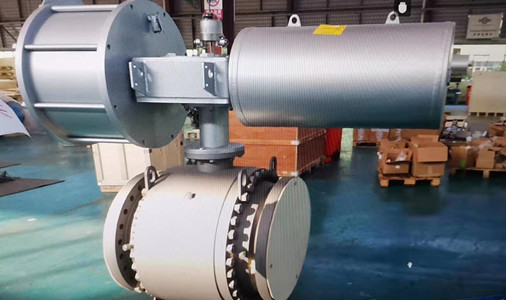
Hydrogen can cause a number of different adverse effects in metallic materials. It can penetrate into the metal material and cause material embrittlement and deformation at normal temperature. Hydrogen sulfide corrosion of metal materials is a very difficult problem, it can cause stress corrosion cracking of metal materials at room temperature and high temperature. All these features have required a strict need for material, structural design and strength design of high-pressure hydrogenation valve. Therefore, the high-pressure hydrogenation valve must face the problems of hydrogen embrittlement and hydrogen corrosion and must pay attention to the problem of leakage under high-temperature and high-pressure conditions. Valves with high-pressure hydrogenation, generally including ball valves, gate valves, globe valves, check valves and plug valves, ASME CL900~2500, room temperature to 400℃.
Valves used in industrial hydrogen applications like petrochemical processes are often made of Cr-Mo steel and Inconel alloy. The main materials of high-pressure hydrogenation valve are A182 F11/F22/F321, A216 WCB, A217 WC6 / WC9, A351 CF8C, Inconel 725 with a diameter DN15-400 mm.
The design and manufacture of hydrogenation valves shall conform to API 600, API 602, BS 1868, BS 1873, ASME B16.34, NACE MR0175, NACE MR0103 and this standard. Our manufacturing center has the ability to produce high-pressure hydrotreating valves and has been successfully applied in hydrotreating equipment (operating pressure 8~10 MPa). More information, call for us today!

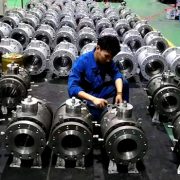
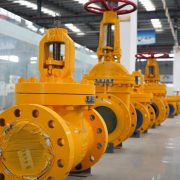
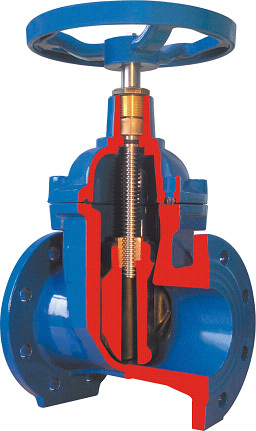
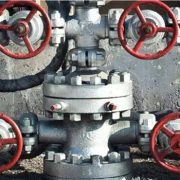
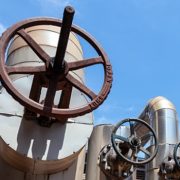


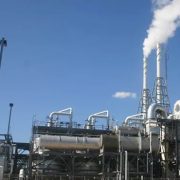
 A steam pressure-reducing valve is an indispensable part of many steam systems. It plays a critical role by providing stable steam pressure and reduces the temperature to process applications in a process plant.
A steam pressure-reducing valve is an indispensable part of many steam systems. It plays a critical role by providing stable steam pressure and reduces the temperature to process applications in a process plant.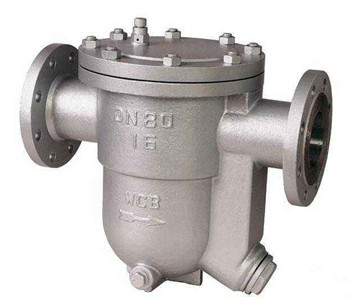 A steam trap is a kind of valve which can automatically remove condensed water and other non-condensing gas from the steam pipe and steam equipment and prevent steam leakage. The water to be discharged mainly comes from the condensate water at the bottom of the boiler cylinder, the condensate water at the bottom of the workshop cylinder, the condensate water of the steam separator before decompression and the condensate water of the conditioner sub-cylinder. According to its operation principle, there are mainly floating ball drain water valve, thermodynamic drain water valve, thermostatic drain water valve, inverted bucket drain water valve and so on.
A steam trap is a kind of valve which can automatically remove condensed water and other non-condensing gas from the steam pipe and steam equipment and prevent steam leakage. The water to be discharged mainly comes from the condensate water at the bottom of the boiler cylinder, the condensate water at the bottom of the workshop cylinder, the condensate water of the steam separator before decompression and the condensate water of the conditioner sub-cylinder. According to its operation principle, there are mainly floating ball drain water valve, thermodynamic drain water valve, thermostatic drain water valve, inverted bucket drain water valve and so on.